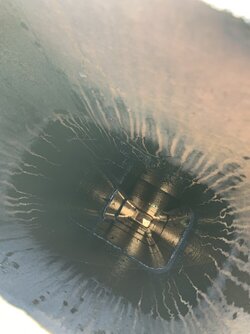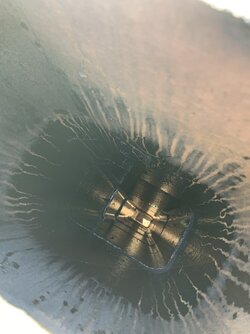Stove England 24-ACD /50-SHW24
We started burning and it slowly started to leak. We thought maybe it was our wood, but we were told it’s seasoned and it splits like butter (oak wood). We thought it was the temperature. Our stove gets to 300-450. Runs on the colder side at night. The pipe is about 250-300. I let it get to 400 when I load up new wood. But again it gets around 200 at night… Now we have a cat stove but the previous owners removed the catalytic combustor and housing unit. So we are waiting for the housing unit ( could be up to 6 weeks, it’s an OLD stove) we leave the bypass damper open and mess with the lower dampers. I know we will be feeding the stove some wood a lot and we realize that’s the price we gotta pay till we get the housing unit.We aren’t really sure what’s causing it. Could it be our cap is rusted? The uh “netting” or whatever has some brown to it when I zoom in. I attached a photo for reference.
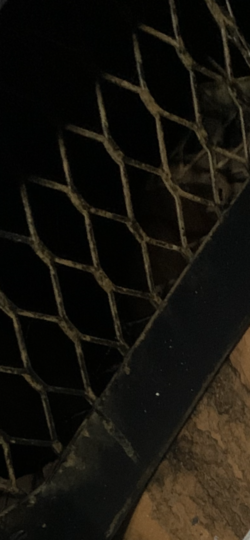
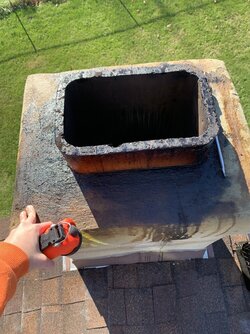
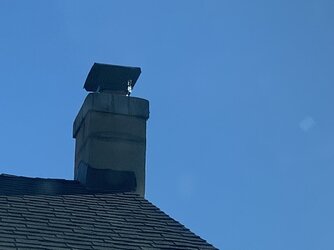
We started burning and it slowly started to leak. We thought maybe it was our wood, but we were told it’s seasoned and it splits like butter (oak wood). We thought it was the temperature. Our stove gets to 300-450. Runs on the colder side at night. The pipe is about 250-300. I let it get to 400 when I load up new wood. But again it gets around 200 at night… Now we have a cat stove but the previous owners removed the catalytic combustor and housing unit. So we are waiting for the housing unit ( could be up to 6 weeks, it’s an OLD stove) we leave the bypass damper open and mess with the lower dampers. I know we will be feeding the stove some wood a lot and we realize that’s the price we gotta pay till we get the housing unit.We aren’t really sure what’s causing it. Could it be our cap is rusted? The uh “netting” or whatever has some brown to it when I zoom in. I attached a photo for reference.



Last edited:


